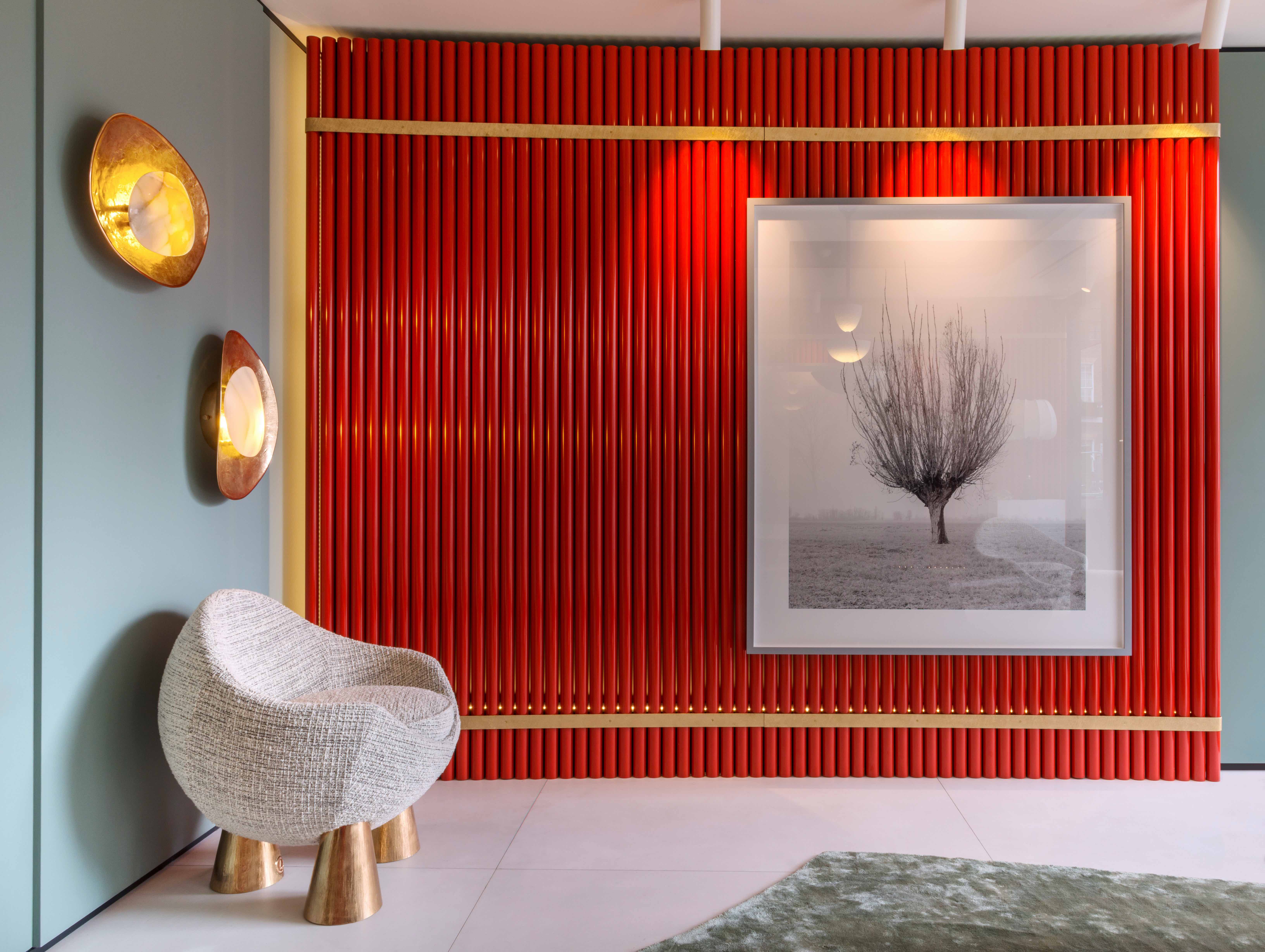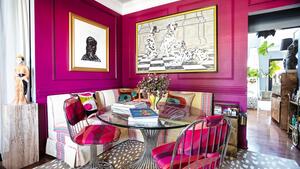This month, we’re taking a look at three design books that caught our eye: a breathtaking monograph on Roman architect Achille Salvagni, an intensely cool survey from designer Jennifer Post and a plucky history of tile from the Victoria and Albert Museum.
Achille Salvagni, by Pilar Viladas
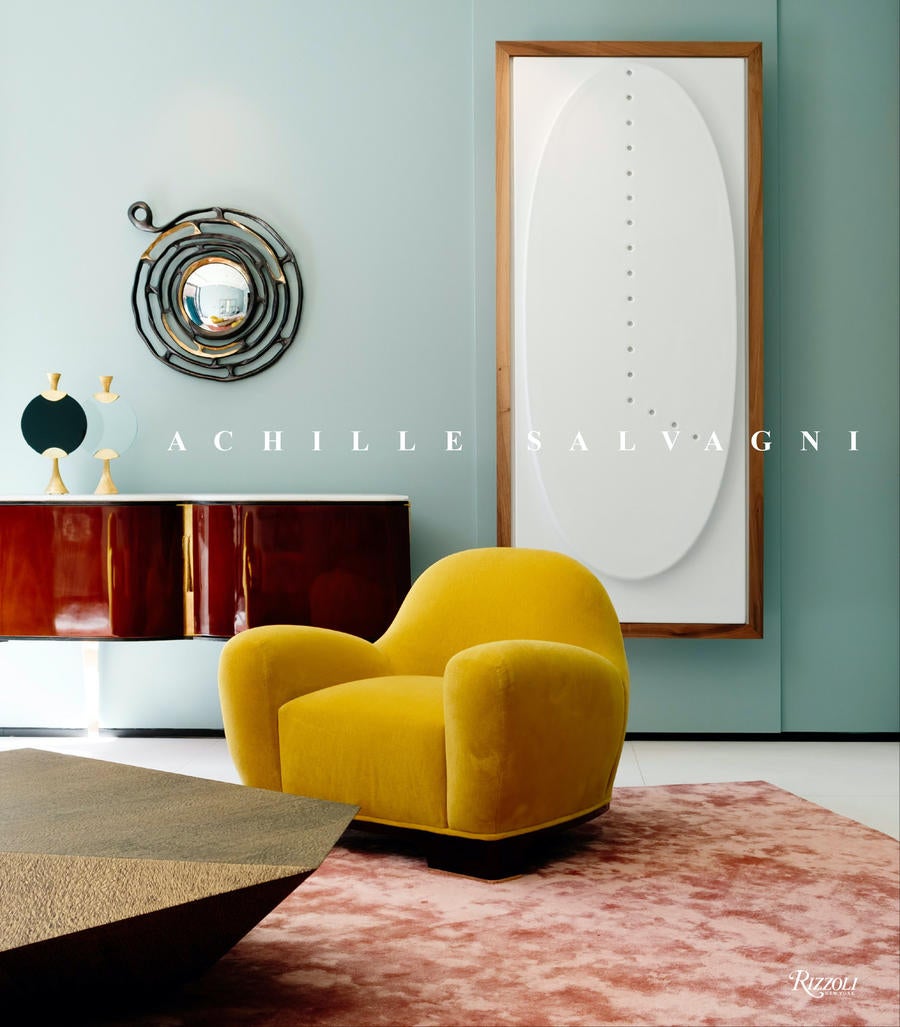
In this sumptuous tome from Rizzoli, the work of Italian designer Achille Salvagni draws from tradition but remains wholly modern—in his words, “If you want to look at the future, you need to know the past.” An architect by trade, Salvagni insists on designing his projects inside and out, challenging Italian master craftsman to apply age-old techniques in stonecutting, woodwork and bronze to his own visionary designs. The result? Rich interiors with an uncompromising sense of drama.
Choice quote: “I start with a dream about the idea of the interior. … I gather as much imagery as I can, since one of the most important things a designer can do is to have documentation and points of reference. You need to know the rules before you can break them” (page 12).
Work in progress: Salvagni’s monograph is strewn with process photos of his designs—highlights include glimpses of hand-embroidered textiles and a volute wooden structure held in place by clamps.
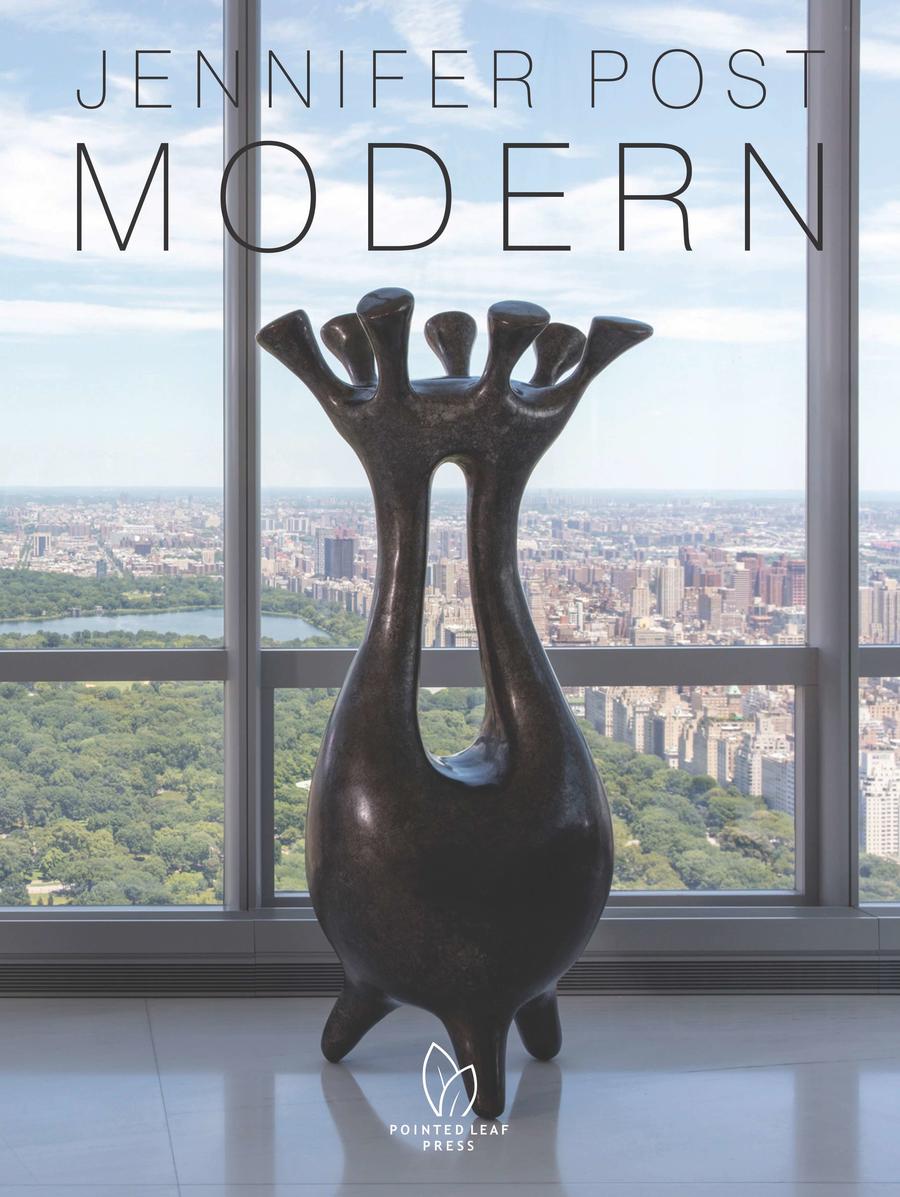
Jennifer Post Modern, by Jennifer Post and Anna Kasabian
In her second monograph, Jennifer Post liberates the notion of modern from the confines of point-blank minimalism—all the while staying true to her design mantra, “Less is more.” Details like bright strokes of red and blue in otherwise neutral spaces grant her spaces an exciting edge.
Choice quote: “I stood out on the balcony and stretched out my arms and looked skyward, and the idea of freedom came to me. I thought: This interior design will be all about the freedom of being here, the purity of the environment, and the palette that makes it so” (page 64).
The showstopper: While Post has designed the interiors of some of the most notable residences in the U.S., one certainly stands out: the 1973 Korman House by famed architect Louis Kahn in Fort Washington, Pennsylvania. Custom-made oak tables and touches of green leather effortlessly accentuate the wood panels that frame the cypresses that can be seen through the many, many windows (pages 132–145).
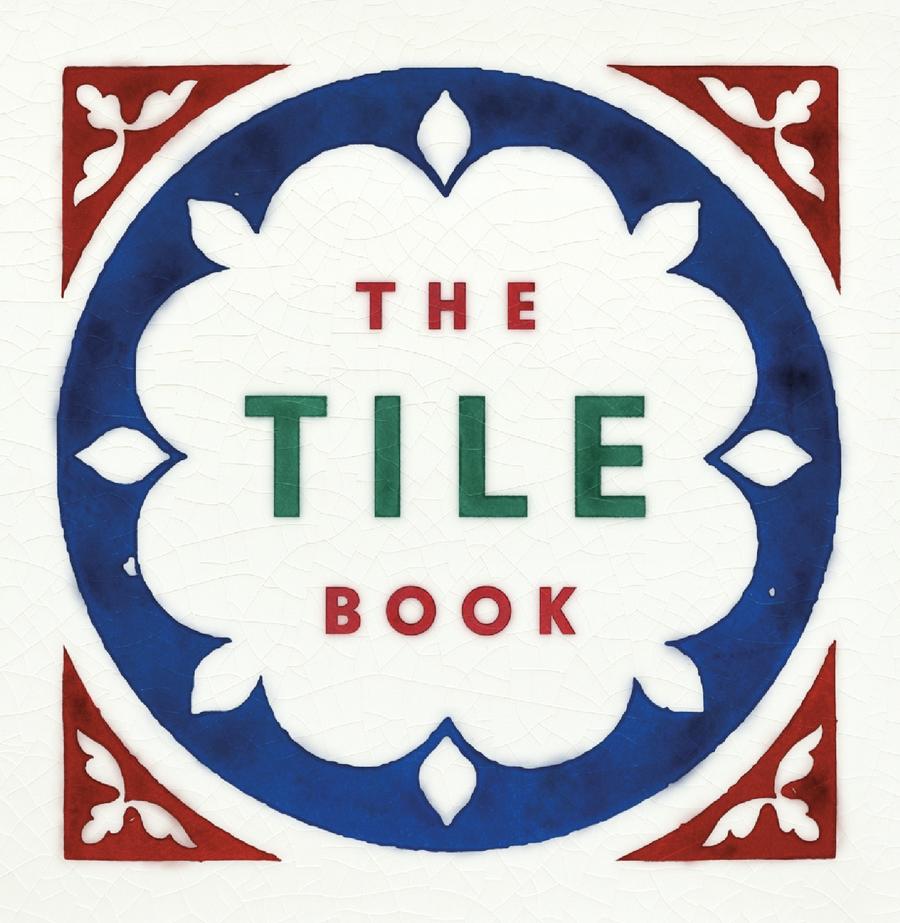
The Tile Book, by Here Design
This charming visual exploration of tiles housed at the Victoria and Albert Museum invites the reader to contemplate individually what is normally viewed en masse. Spanning from the middle ages to the present day, this impressive collection demonstrates the far-reaching lineage of tiles and the subsequent timelessness of their designs—from the undulating curves of Arabic script to the jewel tones of art nouveau vignettes.
Choice quote: “The story of tiles is inseparable from the history of place, politics, economics and culture, including the development of architecture, design and ceramics” (page 7).
The showstopper: Amidst other 18th-century tiles illustrated with people and scenes, a surprisingly modern series of tiles was designed to imitate marble. These Pollock predecessors read psychedelic, in spite of their 1700s timestamp (pages 156–159).
Check out BOH’s previous round of reading picks.
Homepage image: Paolo Petrignani, courtesy of Achille Salvagni















